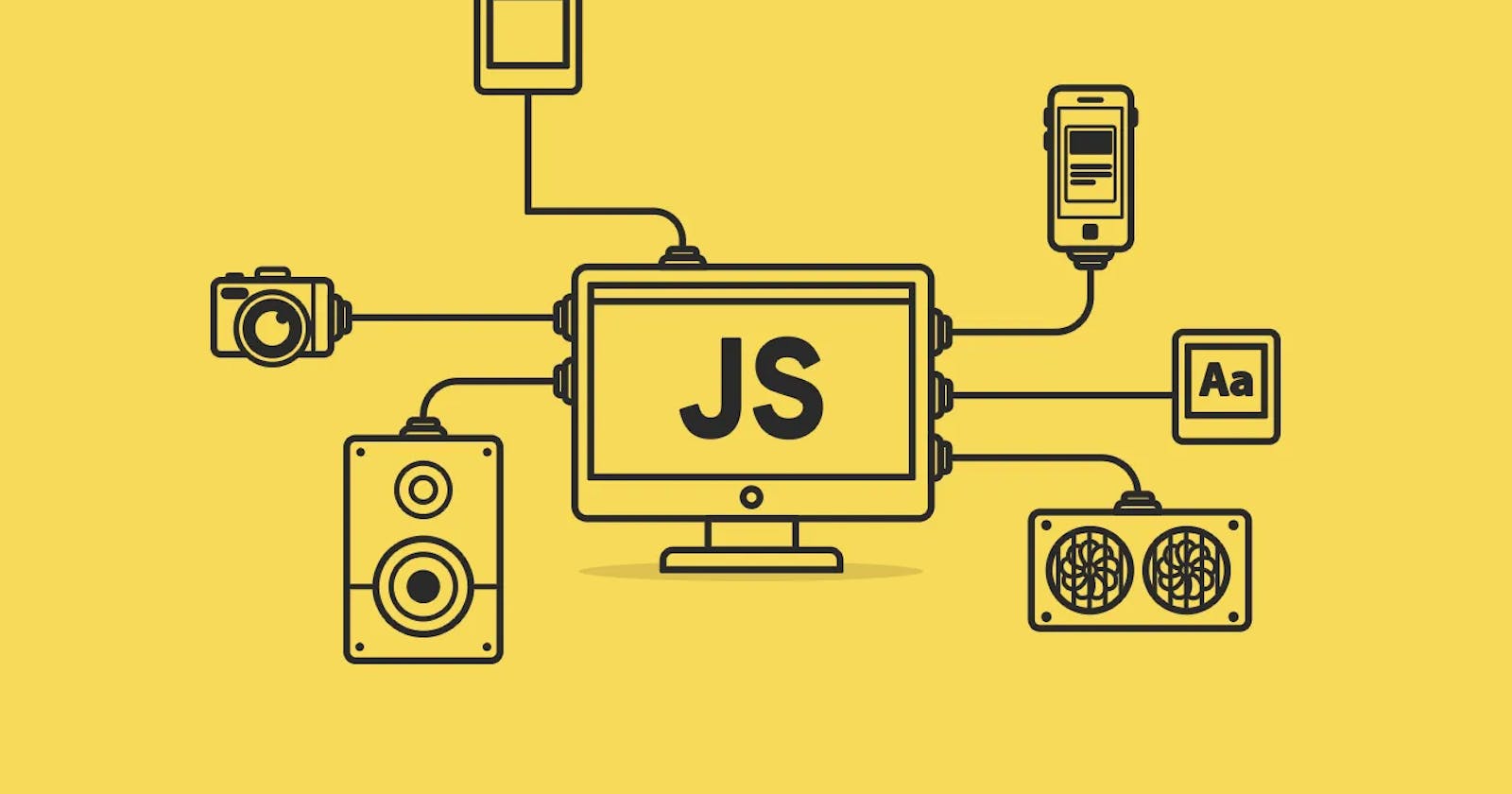Prototyping in JavaScript: An Introduction
JavaScript is a powerful programming language that is widely used to create dynamic, interactive websites and web applications. One of the key features of JavaScript is its ability to use prototyping to add functionality to objects.
In this blog, we’ll take a closer look at prototyping in JavaScript, what it is, how it works, and why it’s useful.
What is Prototyping in JavaScript?
Prototyping is a way of adding new properties and methods to an existing object in JavaScript. This is done by adding them to the object’s prototype property.
In JavaScript, every object has a prototype, which is an object from which it inherits properties and methods. When a property or method is called on an object, JavaScript looks for it in the object’s own properties first, and then in its prototype chain.
By adding new properties and methods to an object’s prototype, you can make them available to all instances of that object, without having to define them individually for each instance.
How Does Prototyping Work in JavaScript?
In JavaScript, objects are created using constructors. Constructors are functions that define the properties and methods of an object. When a new object is created using a constructor, it inherits all of the properties and methods defined in the constructor’s prototype.
For example, let’s say we have a constructor function for a person object:
function Person(name, age) {
this.name = name;
this.age = age;
}
We can add a method to the person object’s prototype like this:
Person.prototype.greet = function() {
console.log(`Hello, my name is ${this.name} and I am ${this.age} years old.`);
};
Now, any object created using the Person constructor will have access to the greet method:
const person1 = new Person('John', 30);
const person2 = new Person('Jane', 25);
person1.greet(); // Output: "Hello, my name is John and I am 30 years old."
person2.greet(); // Output: "Hello, my name is Jane and I am 25 years old."
Why is Prototyping Useful in JavaScript?
Prototyping in JavaScript offers several benefits, including:
Code Reusability: By adding properties and methods to an object’s prototype, you can make them available to all instances of that object, without having to define them individually for each instance. This can save you a lot of time and effort when developing complex applications.
Dynamic Nature: JavaScript is a dynamic language, which means that objects can be modified on the fly. This allows you to add or remove properties and methods to an object’s prototype at runtime, which can be useful in certain situations.
Memory Efficiency: Because all instances of an object share the same prototype, adding properties and methods to an object’s prototype can be more memory-efficient than defining them for each instance.
Conclusion
Prototyping is a powerful feature of JavaScript that allows you to add new properties and methods to an existing object. By doing so, you can make them available to all instances of that object, without having to define them individually for each instance. This can save you a lot of time and effort when developing complex applications.
